Ever wondered what all the different purchasing-related acronyms really mean?
You’ve come to the right place.
Using simple terminology, here is an explanation of the often confusing “alphabet soup” acronyms, which are germane to the world of purchasing and procurement.
ERFx
An ERFx is an Electronic Request for (x), where “x” stands for Proposal, Quotation, or Information.
RFI
RFI is the acronym for Request for Information. An RFI is most often used to collect information about products, services, or suppliers. Because it typically precedes other RFx processes, it may be used in conjunction with any of the other RFx processes. An RFI’s purpose is to help buyers shortlist potential suppliers for further evaluation. Typically, a primary purchasing entity will use the RFI when working with a consulting firm and third-party resource to collect information before issuing the official RFP/RFQ.
RFP
The RFP, also known as the Request for Proposal, is a document whose purpose is to collect a third-party provider’s products, solutions, pricing, and capabilities in the form of a pricing proposal. An RFP usually includes any guidelines, instructions, and forms necessary for applicants to submit a proposal. Because the end goal of an RFP is to invite suppliers to bid on a project, it’s used by many services industries, including information technology and financial services organizations, including banks.
RFQ
An RFQ or Request for Quotation is a proven business process that enables companies and public entities of all types and sizes to ask potential suppliers to provide information for the purpose of purchasing specific products of services. RFQ generally means the same thing as CfB or Call for Bids, as well as IfB or Invitation for Bid.
Though the RFQ process dates back many decades, up until the 1990s these requests were issued on paper, over the phone, by fax, or via email. The resulting quotes came into organizations much the same way they went out, which not only created confusion but also made apples-to-apples supplier comparisons both time consuming and difficult.
These days, organizations may shortlist qualified suppliers before issuing an RFQ to this subset. The RFQ usually asks suppliers to provide a price quote along with other information as it relates to a specific set of products or services. Buyers then review the RFQ responses and make a determination as to which supplier or suppliers will be awarded the business. Engineering and manufacturing companies are the most typical users of the RFQ.
RFT
RFT stands for Request for Tender. An RFT is a formal request to potential suppliers asking them to detail how they would supply clearly defined goods, services, or works. RFTs are usually highly technical in nature and, therefore, require a more prescriptive solution. Government and municipalities, as well as aerospace companies, are the most likely users of the RFT. Further, because it is more rigid in nature, supplier submissions via RFT tend to be binding in nature.
About Us
MESH started as a captive solution developed by fast-growing supply chain company, MES, for their internal use. Initially developed in 2013/2014, the solution has since been modified by MES for their use with nearly 4,200 RFQs, 400+ suppliers, and 100+ team members.
In 2020, as MES customers expressed a desire to have the solution for themselves, the company spun off both the product and the team, creating a new, independent company known as MESH Works.
MESH Works is a state-of-the-art sourcing platform for engineering and manufacturing companies, developed specifically with buyers and commodity managers in mind. Unlike most of the sourcing products available in the marketplace (which are focused on reverse auction and events), MESH aspires to be an enterprise software that’s an essential and integral part of the workflow and daily use system for buyers.




